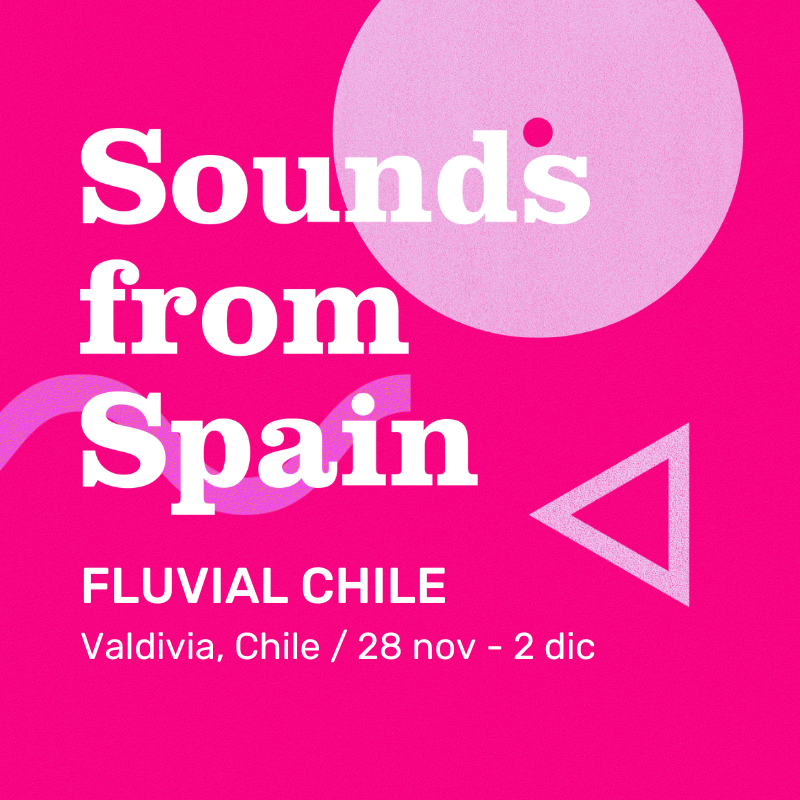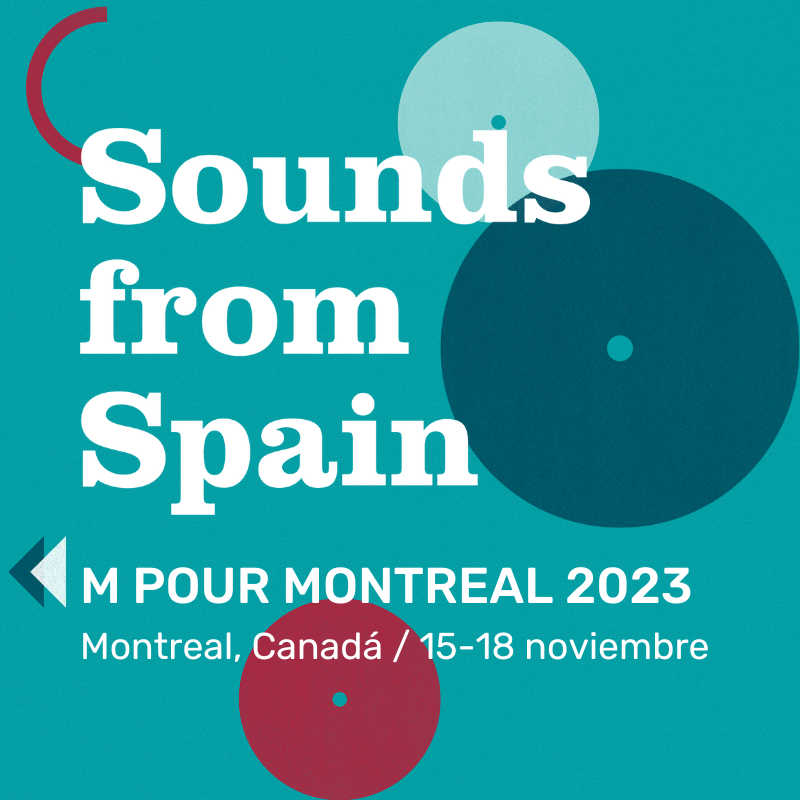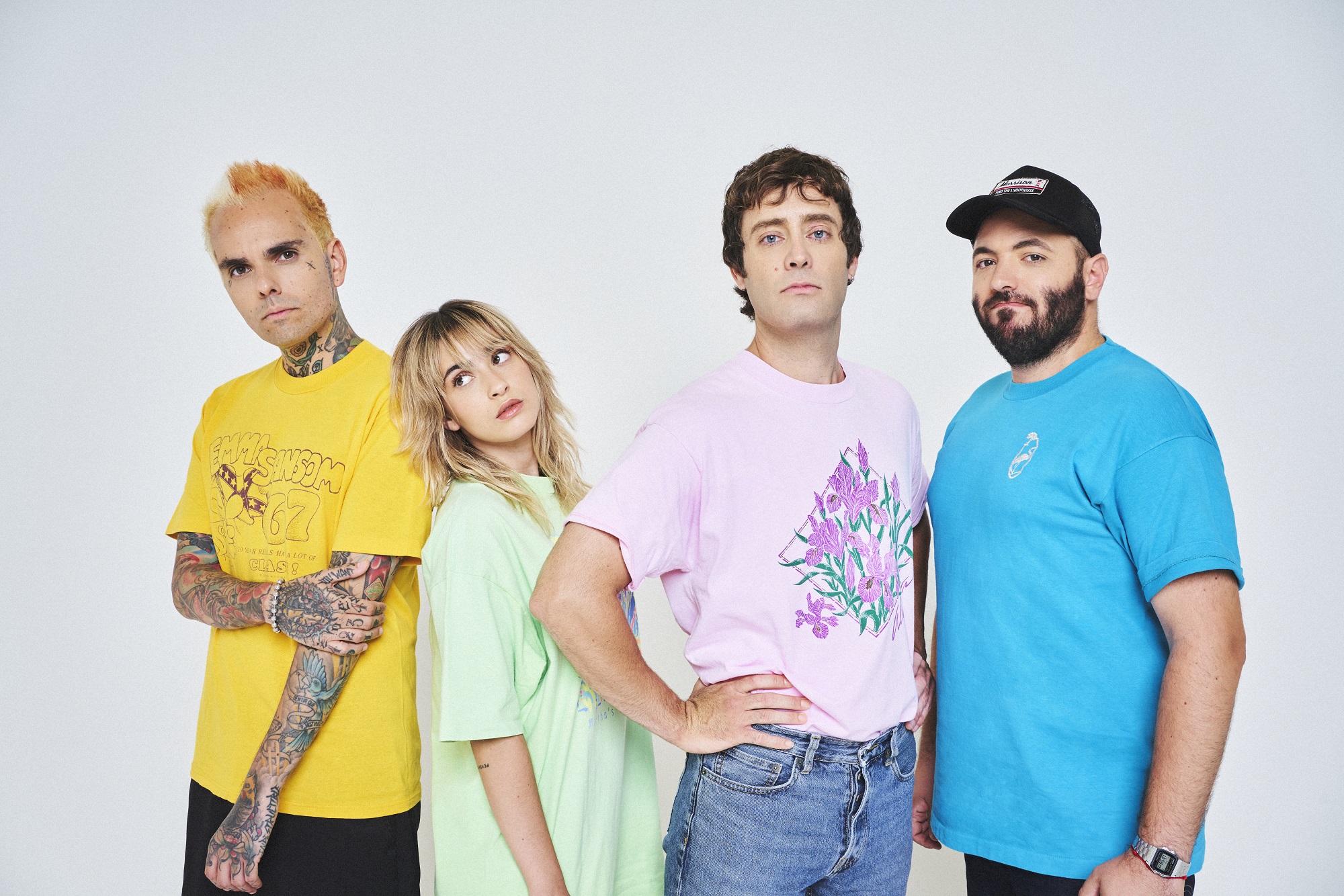La industria musical española a tu alcance
Convocatorias abiertas
WOMEX
Convocatoria empresas WOMEX 2024
Apoyo Posicionamiento Digital
Nuestros ejes de actividad
Somos una iniciativa público-privada, impulsada por ICEX España Exportación e Inversiones, para la promoción de la industria musical de España.
Acompañamos
Acompañamos a las empresas españolas en sus proyectos internacionales.
Participamos
Participamos en los festivales y mercados internacionales de referencia.
Creamos
Creamos oportunidades de negocio entre los profesionales españoles y sus homólogos internacionales.
Apoyamos
Apoyamos la internacionalización de la música creada en España.
Exportamos
Exportamos talento y creatividad.
Organizamos
Organizamos showcases y conciertos en ferias internacionales.
CÁPSULAS PARA LA EXPORTACIÓN
Consulta este checklist antes de seleccionar una feria internacional.
Prepárate para participar con Sounds from Spain: una breve guía de qué hacer antes, durante y después de cada actividad.
Cómo preparar las reuniones de negocios cuando asistimos a una feria o mercado: las reuniones de negocios.
Últimos stories
Las empresas españolas tienen la oportunidad de inscribirse gratuitamente en Web de LAMC e interactuar con la red de profesionales internacionales de la música que propicia el festival.
Barry B, Ginebras, Israel B y La La Love You son los grupos seleccionados para representar la música española en Bogotá
Te ayudamos con tu campaña de marketing digital
Las empresas españolas tienen la oportunidad de inscribirse gratuitamente en Web de LAMC e interactuar con la red de profesionales internacionales de la música que propicia el festival.
Barry B, Ginebras, Israel B y La La Love You son los grupos seleccionados para representar la música española en Bogotá
Te ayudamos con tu campaña de marketing digital









